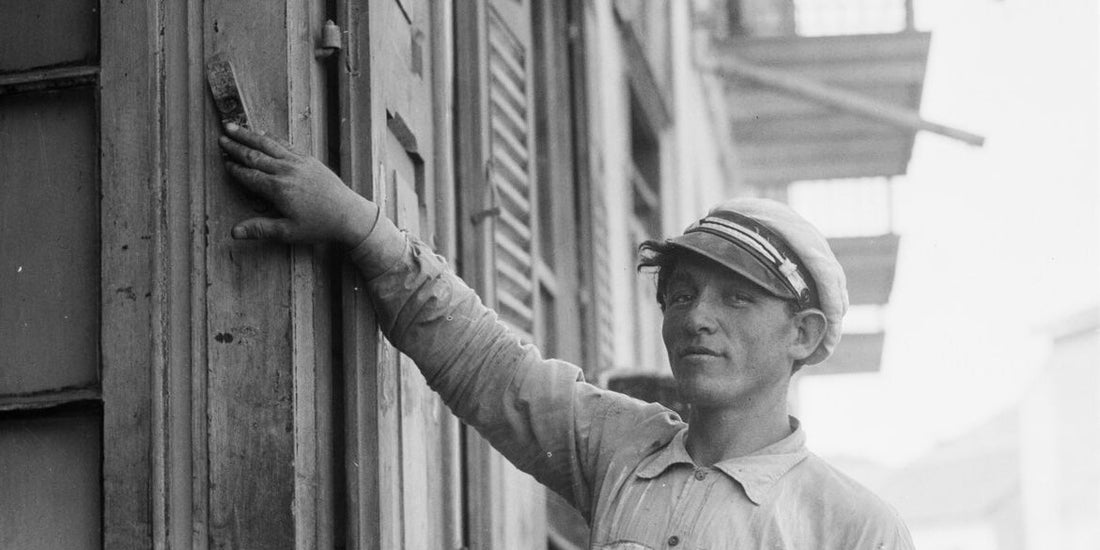
The Mezuzah: Meaning and Traditions
A mezuzah (or mezuzah, plural mezuzot/mezuzot) is a small parchment scroll containing specific Hebrew verses from the Torah, housed in a decorative case. It is placed on the doorframe of a Jewish home as a symbol of faith and a reminder of the commandments. But it is more than an ornament: it embodies millennia of history and faith, adorning the doorframes of Jewish homes with deep symbolism and spiritual meaning.

Origin and symbolism
The origins of the mezuzah date back to ancient biblical commandments in the Torah. In Deuteronomy 6:4-9, Jews are instructed to inscribe the words of the Shema prayer on their doorposts and gates, symbolizing the affirmation of monotheism and the covenant between God and his people.
The Shema prayer, or 'Shema Yisrael,' is the most well-known prayer in Judaism and, ultimately, more than a prayer; it is the spoken declaration of faith in the God of Israel. It is traditionally recited twice daily, morning and evening, in Hebrew and begins with the words, " Hear, O Israel, the Lord our God, the Lord is one ."
(Listen to the sung Shema Yisrael here ).

Beyond its textual content, the mezuzah symbolizes the sanctity of the home and the presence of God's protection. Placing the mezuzah on the doorframe is a visible declaration of faith, marking the threshold as a space permeated with spirituality and protection. It serves as a constant reminder of Jewish identity, values, and heritage.
Rules and traditions
Placement and alignment
According to Jewish law, mezuzahs should be hung on the right doorpost of every room in the house, except the bathroom. The top of the mezuzah should be tilted inward, facing the interior of the room.
Blessing and installation
Before attaching the mezuzah, a blessing known as "Shehecheyanu" is recited, expressing gratitude for reaching this moment. The mezuzah is then reverently and carefully affixed, usually with nails or glue.
Maintenance and care
Mezuzot require regular maintenance and inspection to ensure their integrity. They should be inspected twice every seven years to ensure the parchment remains intact and the Hebrew letters are legible.
Change of residence
When moving to a new home, it is customary to carefully remove the mezuzot from the doorframes and replace them in the new home. This practice symbolizes continuity, as the sacred connection between the household and God extends beyond the physical space.

Cultural and religious significance
The mezuzah serves as a focal point for Jewish identity and continuity, across generations and geographical boundaries. Its presence in the home fosters a sense of belonging and connection to Jewish heritage and strengthens ancestral traditions. Furthermore, the mezuzah embodies the concept of "hiddur mitzvah," or the beautification of the commandments. Through ornate cases and meticulous craftsmanship, people express their reverence for the commandment and imbue everyday objects with spiritual significance.
In addition to its religious significance, the mezuzah also has a cultural resonance within the Jewish community. It serves as a symbol of solidarity and belonging, and its presence in public spaces signals the vitality of Jewish life and tradition.

